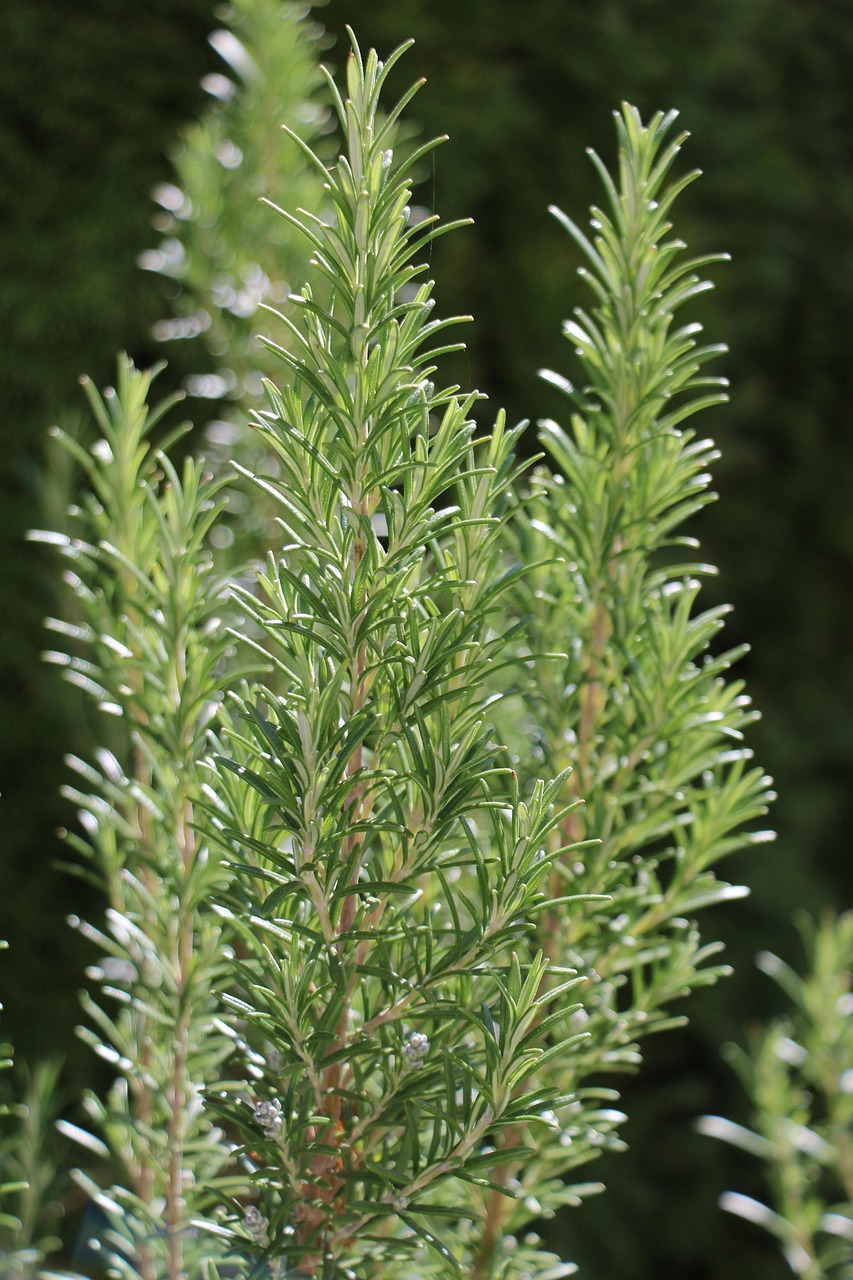
Ever tried to grow rosemary indoors during winter, only to watch it slowly turn brown and brittle—like a forgotten twig on a frosty windowsill? You’re not alone.
Rosemary is a hardy herb outdoors, but once it crosses the threshold into your cozy kitchen, it suddenly becomes a diva. Too much water? Dead. Not enough light? Dead. Overly dry air? Yep—dead again.
But fear not. With the right know-how (and a little love), you can absolutely keep rosemary thriving indoors through the chilliest months. Ready to turn your windowsill into a winter herb oasis?
Let’s rescue your rosemary—before it gives up on you.
Why Grow Rosemary Indoors During Winter?
The Perks of Winter Rosemary
- Fresh flavor all year – No more sad, dried-out supermarket sprigs!
- Aromatic air – Rosemary releases natural oils that freshen your indoor space.
- Kitchen convenience – Clip as you cook.
- It looks gorgeous – Think mini Christmas tree, but edible.
But before you start potting that nursery rosemary, let’s talk setup.
Step 1: Pick the Right Rosemary Plant
Should You Start from Seed or Buy a Plant?
- Seeds: Not ideal. Rosemary is slow to germinate and can be frustrating for beginners.
- Starter plant: Best choice. Look for a healthy plant at your local nursery with firm stems and vibrant green leaves. Avoid any that are already drooping or yellowing.
Pro Tip:
Choose ‘Arp’, ‘Tuscan Blue’, or ‘Blue Spires’ varieties—they’re more tolerant of indoor conditions.
Step 2: Pot It Like You Mean It
The Right Pot Makes a Huge Difference
- Size: Choose a pot that’s 1–2 inches wider than the root ball.
- Drainage: Absolutely non-negotiable. Rosemary hates soggy roots.
- Material: Terra cotta is ideal. It breathes, preventing root rot and mold.
DIY Tip:
Add a few stones or broken pottery at the bottom of the pot to boost drainage even more.
Step 3: Chase the Winter Sun
Where Should You Place Your Rosemary?
Rosemary is a sun worshipper. Indoors, that means:
- South-facing window – At least 6–8 hours of direct sunlight daily.
- Grow lights – If sunlight is scarce (which it usually is in winter), supplement with a full-spectrum LED grow light for 10–12 hours a day.
Don’t Have a South Window?
- Rotate the plant every few days to prevent it from growing lopsided.
- Keep leaves away from cold windowpanes to avoid frost damage.
Step 4: Master the Art of Watering
How Often Should You Water Rosemary Indoors?
Here’s the catch: Rosemary is a Mediterranean plant. It doesn’t want to sit in wet soil. But dry it out too much, and it’s toast.
Follow the “soak and dry” method:
- Stick your finger 1 inch into the soil.
- If it feels dry—water thoroughly until water drains out the bottom.
- If it feels moist—wait another day or two.
Warning Signs:
- Yellowing leaves = overwatering.
- Crispy, brown tips = underwatering or dry air.
Step 5: Don’t Ignore Humidity
Is Your Home Too Dry?
Indoor heating systems suck moisture out of the air—your rosemary feels it too.
How to fix it:
- Place a humidity tray under the pot (a saucer with pebbles and water).
- Group it with other plants to create a microclimate.
- Mist occasionally—but don’t overdo it (too much can cause mildew).
Step 6: Feed It (But Not Too Much)
Does Rosemary Need Fertilizer in Winter?
Yes, but lightly.
- Use a diluted liquid fertilizer (half-strength) every 4–6 weeks.
- Avoid overfeeding—rosemary isn’t a heavy feeder and too much fertilizer can weaken the flavor.
Step 7: Prune for Power
Why Pruning Keeps Rosemary Alive
- Encourages bushy growth
- Prevents legginess
- Boosts airflow and reduces pests
Snip off long or scraggly stems using clean scissors. Don’t cut more than 1/3 of the plant at once, and avoid trimming the woody base.
Use your trimmings in:
- Roasted potatoes
- Herb butters
- Homemade bread
- Aromatic tea
Bonus Tips: Protect Your Rosemary from Indoor Pests
What Bugs Love Indoor Rosemary?
- Spider mites
- Aphids
- Whiteflies
How to Stop Them?
- Wipe leaves with a damp cloth every few weeks.
- Use neem oil spray or insecticidal soap at the first sign of trouble.
- Keep air moving—place near a gentle fan if needed.
Common Indoor Rosemary Mistakes (and How to Avoid Them)
Mistake 1: Overwatering
Fix: Always check soil moisture before watering.
Mistake 2: Insufficient Light
Fix: Supplement with a grow light if needed.
Mistake 3: Poor Airflow
Fix: Avoid cramped corners and groupings that trap humidity.
Mistake 4: Using the Wrong Potting Soil
Fix: Use a light, well-draining soil mix. Avoid moisture-retaining potting soils.
Mistake 5: Ignoring the Signs
Fix: Yellow, brown, or droopy leaves are your rosemary’s cry for help. Respond quickly.
